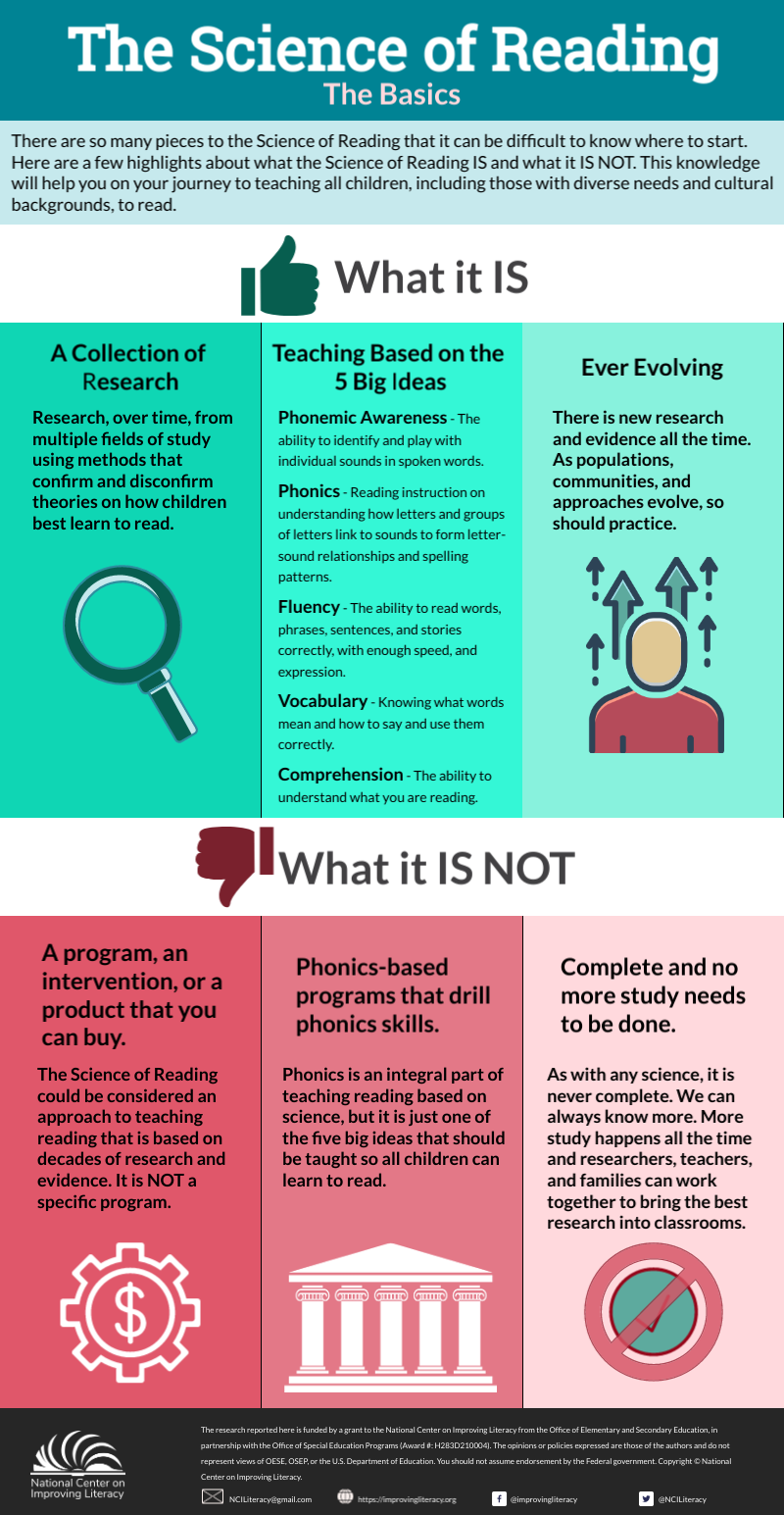How I Teach Using the Science of Reading - A Personal Reflection
While there were successes with this approach, I often noticed that some students struggled, especially those who needed more explicit instruction. The whole language method tended to downplay phonics or the relationship between letters and sounds. This often left gaps in students' ability to decode words, making it harder for them to become fluent readers.
Next came the balanced literacy approach, which attempted to combine the best of whole language and phonics instruction. It sounded ideal in theory, offering a mix of reading strategies, guided reading, and phonics lessons. However, in practice, it was not as consistent an approach. Without a clear plan, phonics instruction was still not as explicit or structured as some students needed. In many cases, it was counter-productive and just as problematic.
The Science of Reading
Out of frustration I started researching for a different approach to teaching reading. Soon, I came across the Science of Reading approach which is backed by extensive research and provides a clear, structured method for teaching reading skills. After learning about this approach I decided to give it a try. Gradually, I introduced it to my students ensuring that I did it properly. My students were much more engaged and showed significant improvements in their reading abilities. Since then, the Science of Reading has become the foundation of my teaching, and I have seen firsthand the difference it can make in students' lives. It was much more effective than the old methods I used before.What is the Science of Reading
 |
| Infographic Courtesy The National Center on Improving Literacy |
Here's how it works:
Phonemic Awareness: Begin by helping students understand that words are made up of individual sounds (phonemes). For example, the word "cat" has three sounds: /k/, /a/, and /t/. Activities might include clapping out sounds or identifying the first sound in a word.
Phonics: Once students understand sounds, they learn how these sounds match with letters or groups of letters (like "sh" or "ch"). This helps them decode or "sound out" words when reading. You might start with simple letter-sound relationships and gradually introduce more complex patterns.
Fluency: As students practice decoding words, they work on reading smoothly and accurately. Repeated reading of familiar texts helps build this skill.
Vocabulary: Students learn the meaning of words, which helps them understand what they are reading. This can include direct teaching of new words and encouraging students to talk about and use these words in different contexts.
Comprehension: Finally, students learn strategies to understand and think about what they are reading. This includes asking questions about the text, summarizing, and making connections to their own experiences.
By following this systematic approach, students build their reading skills step by step, making sure they have a strong foundation at each level before moving on to the next.
 |
A Personal Reflection
Fluency, vocabulary, and comprehension are also taught explicitly and systematically in my class. We regularly assess students to identify their strengths and areas for improvement, allowing for targeted interventions. This data-driven approach ensures that no student falls through the cracks.
The science of reading has also changed the way I view and use assessments. Instead of relying solely on end-of-term tests, I now use ongoing assessment to inform my instruction. These assessments help me understand each student's progress and provide immediate support where needed.
The transition to the science of reading has required me to rethink and sometimes unlearn old habits. But it’s also reinvigorated my teaching practice. Knowing that my methods are backed by solid research gives me confidence that I am providing my students with the best possible foundation for reading success.
In summary, the key differences between traditional reading approaches and the science of reading lie in the systematic, explicit instruction and the use of evidence-based practices. As a teacher, embracing these changes has been crucial in helping all my students become proficient, enthusiastic readers. Switching to this approach has made a huge difference. My students are more engaged, confident, and excited about reading. They’re not just learning to read; they’re becoming readers. And that's what it's all about!


Comments
Post a Comment